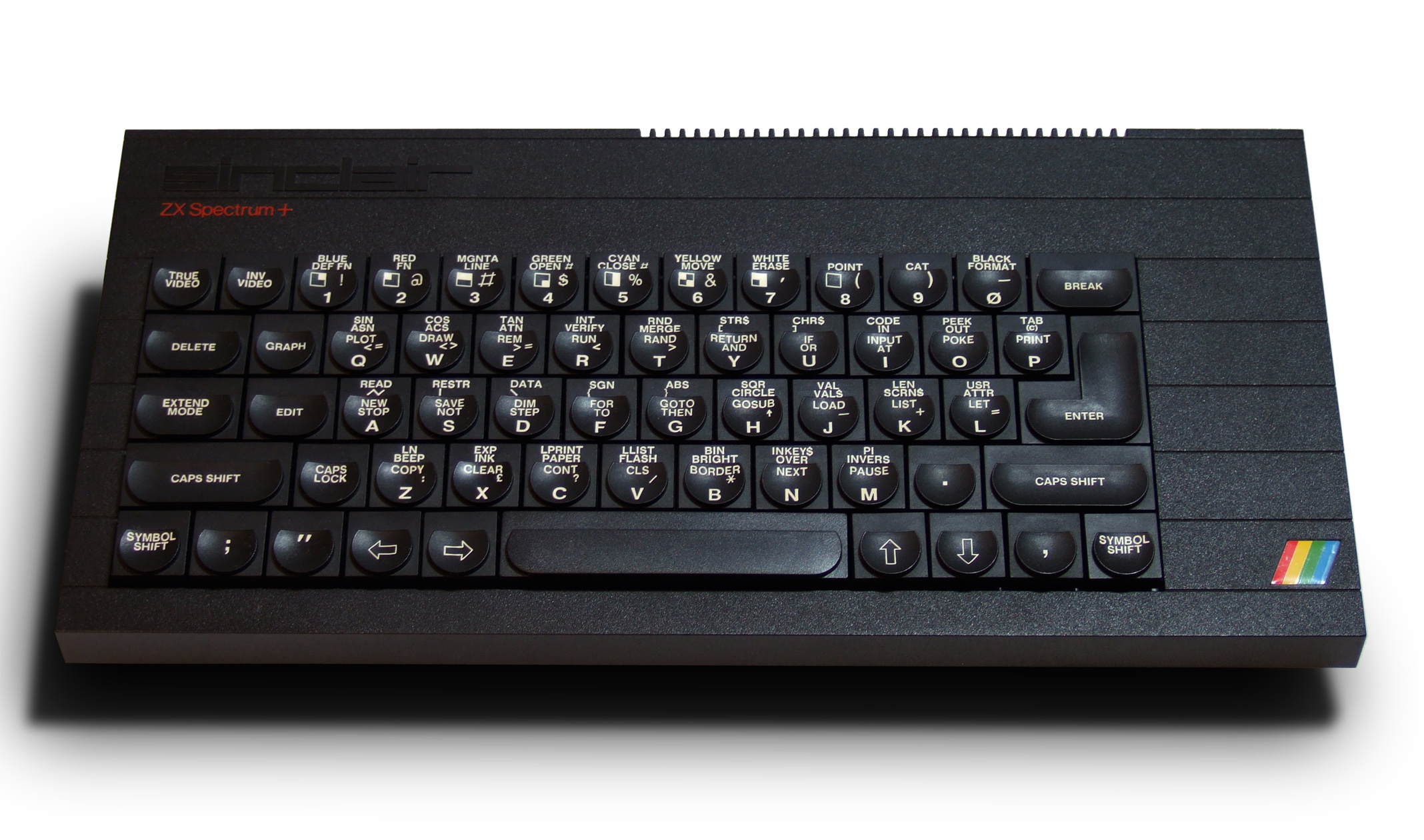The ZX Spectrum, launched in 1982, quickly became a household name and an essential part of the 1980s tech revolution, ushering home computing into the lives of many. With its distinct rainbow stripe, rubber keys, and the iconic screech of game downloads from cassette tapes, the Spectrum captured the imagination of a generation.
Created by Sir Clive Sinclair and his team, the ZX Spectrum followed Sinclair’s earlier, less powerful ZX81, bringing color to home computing for the first time. It was a breakthrough for affordability—costing £175 for the 48k model and £125 for the 16k version—making it accessible to the masses. By the time it was discontinued in 1992, more than five million units had been sold, giving people the opportunity to explore programming and enjoy games like Manic Miner and Jet Set Willy.
For many, the Spectrum was not just a computer, but a gateway to creativity and gaming. “The Spectrum brought the arcade to your home,” said Mark Ettle, now head of Dundee-based Cobra Mobile. It offered access to both popular arcade games and original creations, encouraging experimentation with computer programming and rudimentary graphics. The success of the Spectrum also spurred a thriving black market in copied games, where fans would trade pirated versions on cassette tapes.
Manufactured in Dundee at the Timex factory, the Spectrum was more than just a product—it was part of a community. Local access to the computer helped spark a gaming industry in Dundee, with developers like Mike Dailly, co-founder of DMA Design (the company behind Lemmings and Grand Theft Auto), attributing his career to the early exposure to the Spectrum. “The whole of the original DMA Design pretty much started on Spectrums,” Dailly said, noting how the Spectrum inspired a whole generation of game designers.
The legacy of the ZX Spectrum is explored in The Rubber-Keyed Wonder, a documentary by Anthony and Nicola Caulfield. The film recounts how the Spectrum, for many, became a cultural touchstone. “For many born in the 1970s or early 1980s, the microchip revolution was our rock’n’roll,” said Caulfield. The Spectrum was a pivotal device, marking a time when home computing seemed both revolutionary and personal.
Despite its success, later models of the Spectrum failed to match the original’s popularity, and Sinclair’s other ventures, like the Sinclair C5, floundered. By 1986, Sinclair sold most of his company to Alan Sugar’s Amstrad, and the Spectrum was discontinued by 1992. However, the ZX Spectrum’s influence lives on, particularly through retro gaming events and fan-made projects, such as the Spectrum Next. These fan-based versions keep the spirit of the original alive, ensuring the Spectrum’s place in history as a defining moment in the digital age.













